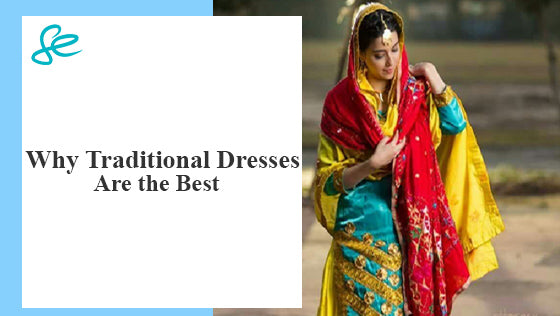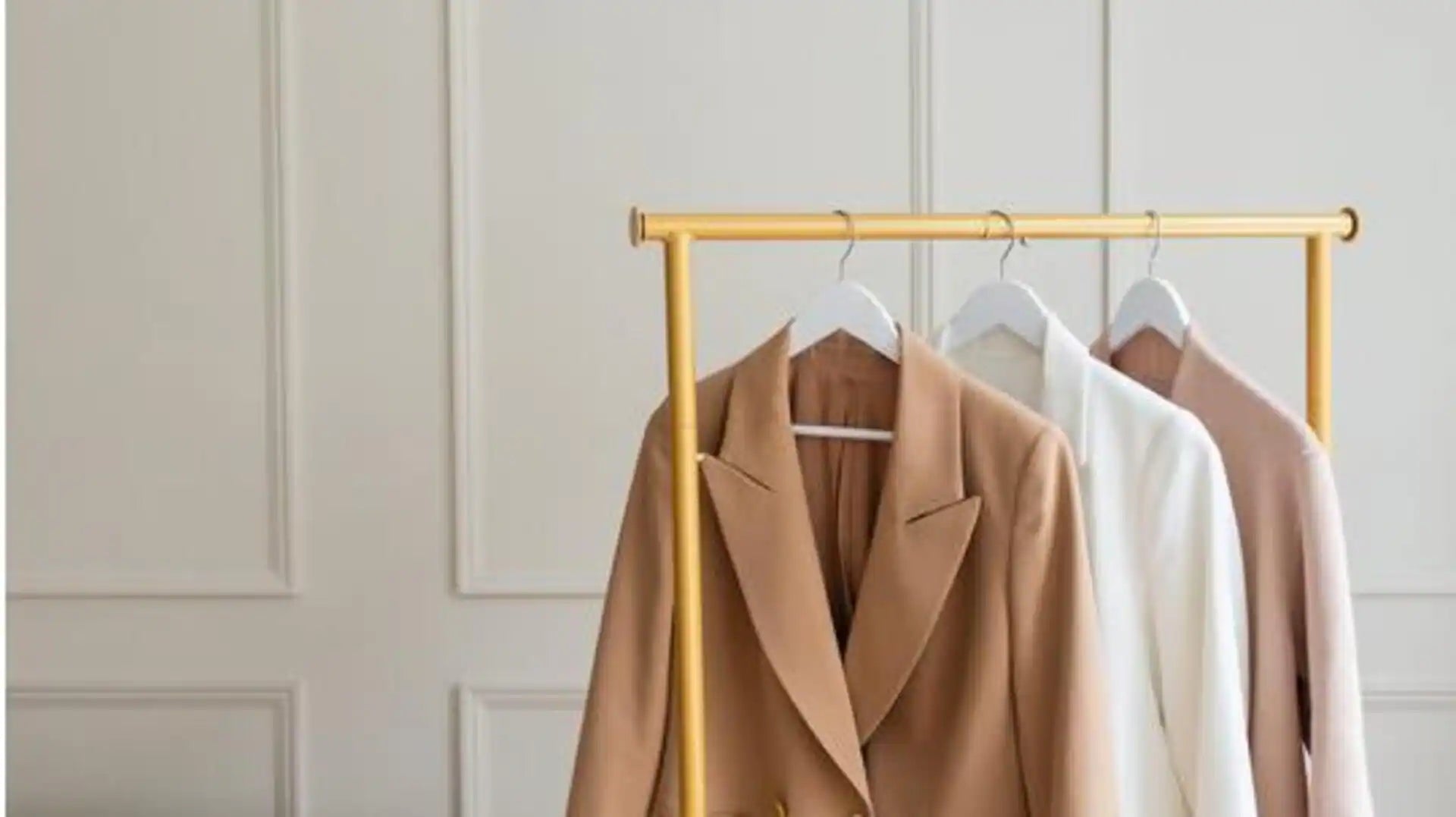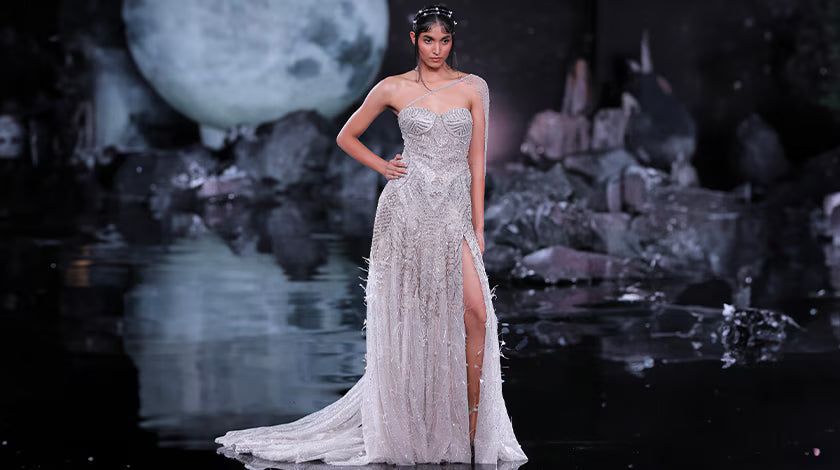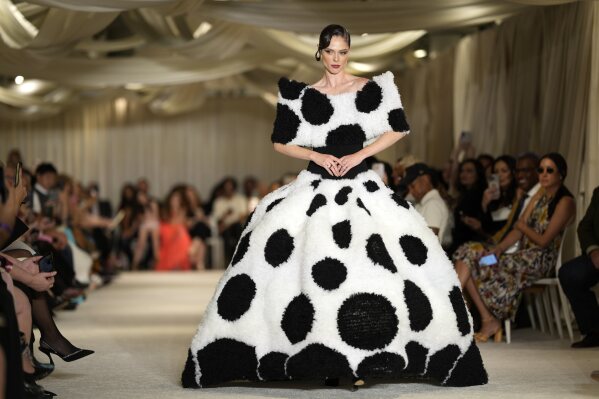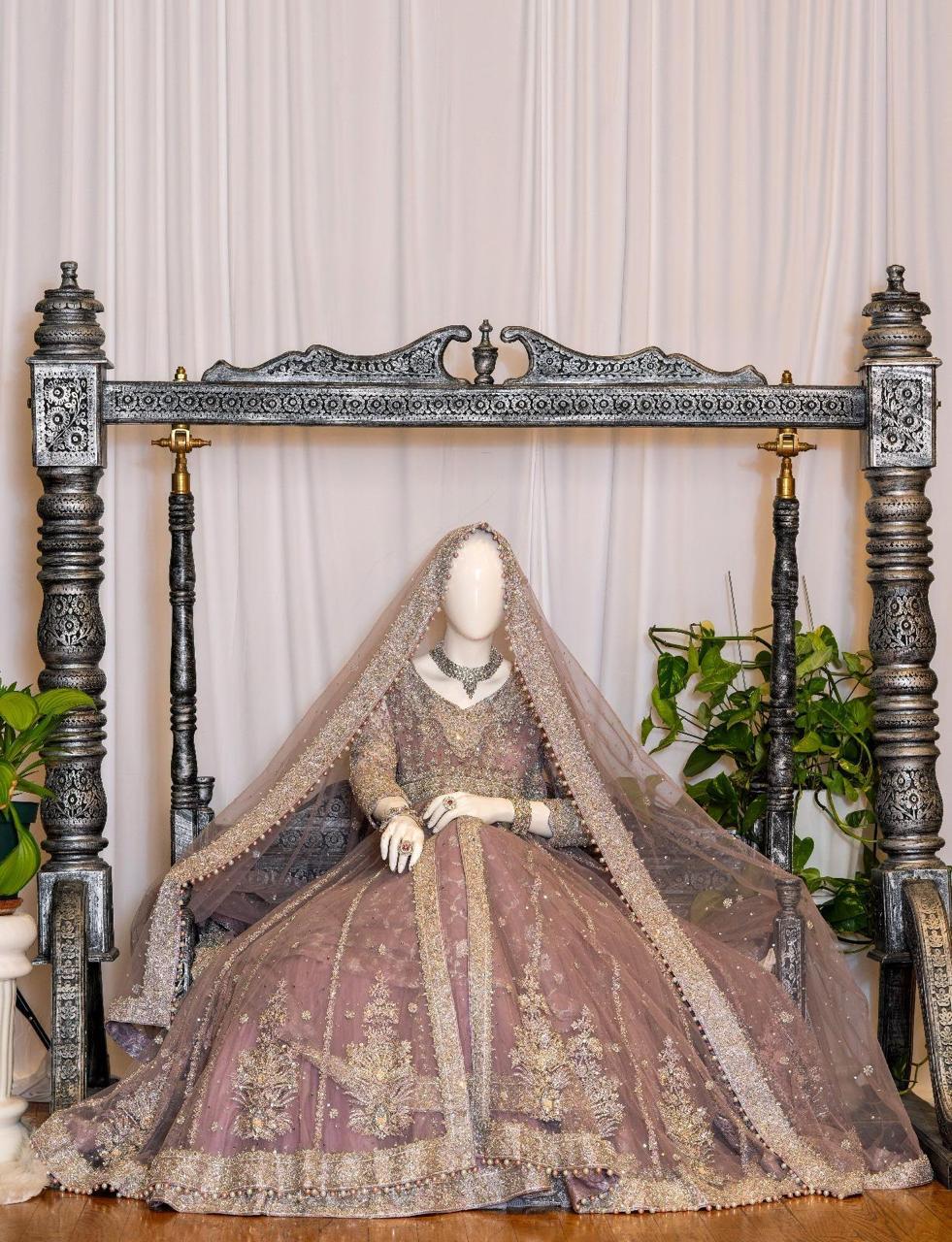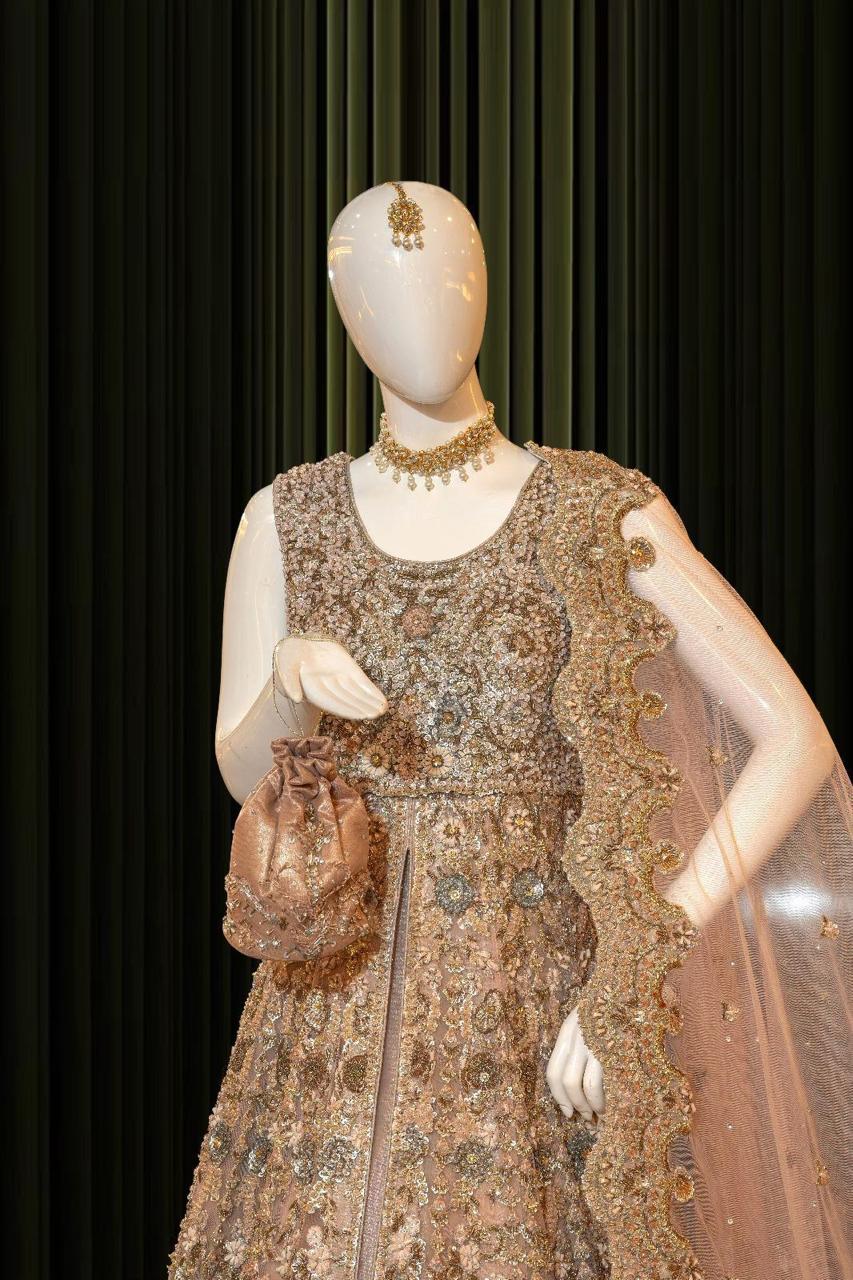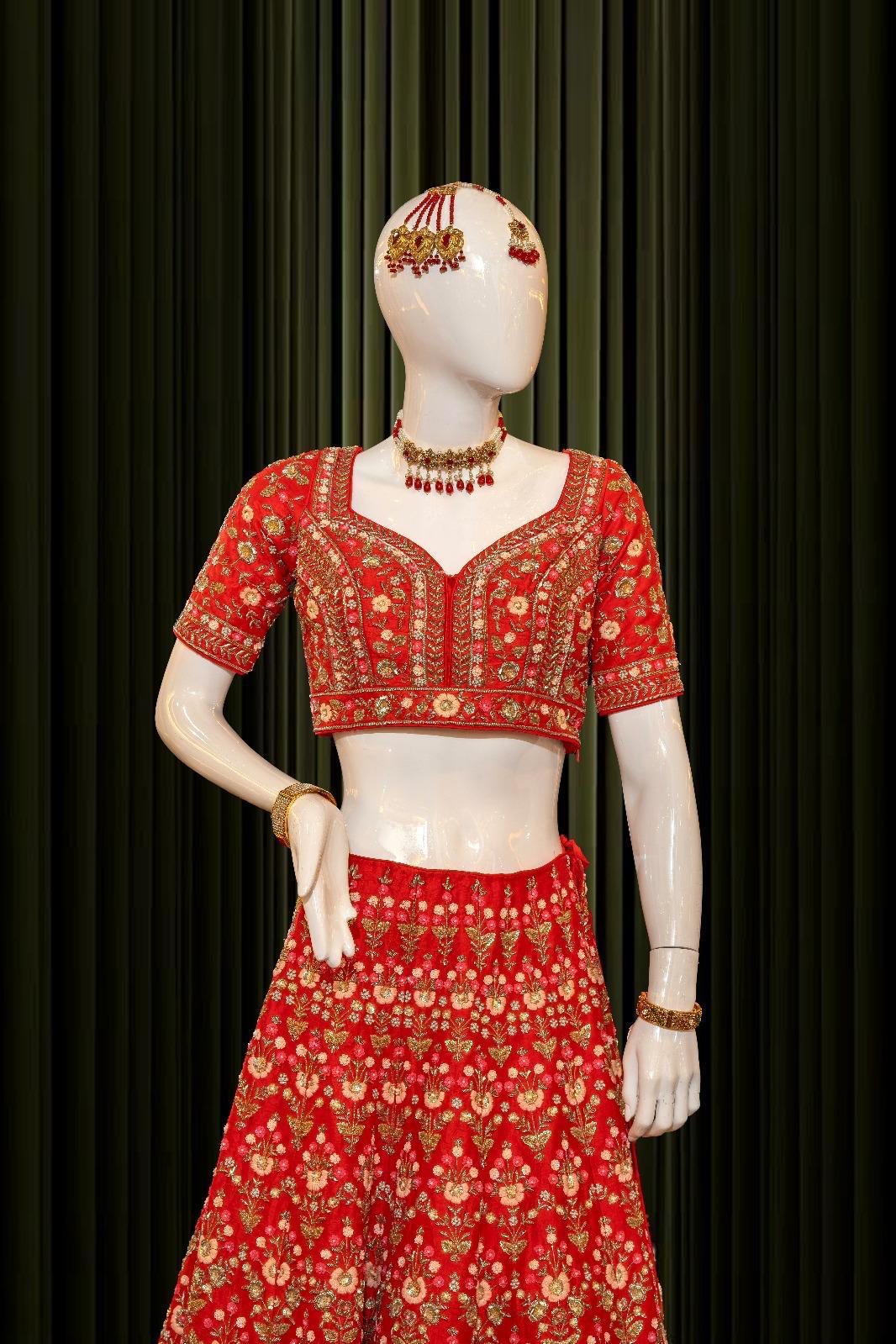Your shopping bag is empty
Why Traditional Dresses Are the Best
- Posted by: Zohaib Khan
- Comments: 0
- Categories: Latest
- Tags:
Our appearance is significantly tormented by the garments we wear and it is due to this motive that a developing number of humans have started to question whether we must put on our conventional clothes or observe western trends. Traditional clothes constitute our tradition and identity. It is necessary to hold on to them if we wish to maintain our traditions. If we aren't going to promote our customs then no one will, and it's far probable that it becomes extinct. People who pass overseas generally tend to evolve western trends prevailing there, forgetting their country-wide identification and traditions. However, they must keep in mind that their identity is represented through the manner they dress. Pakistan’s way of life is rich within the traditions of peoples and represents the records of the place. The Pakistani human beings and society are specific in their way of existence, thoughts, and ethics. Pakistani apparel reflects the culture of Pakistan and the lifestyle of these provisions Punjab, Sindh, Baluchistan, Khyber Pakhtunkhwa (Pashtun), and Kashmir regions of the country. The clothing way of life of the Pakistani humans is enriched by using diverse influences of heaps of years of old historical past. Clothing is the identification of any kingdom. The dress is in every regional lifestyle displays the climatic conditions, lifestyle, and unique fashion that offers it a wonderful identity in all cultures.
What is the conventional get dressed of Pakistan known as?
The shalwar kameez is the national get dressed of Pakistan and is worn by using ladies and men in all Five provinces Punjab, Sindh, Baluchistan, Khyber Pakhtunkhwa, and Gilgit-Baltistan in u. S. And in Azad Kashmir. Shalwar refers to lose trousers and kameez refers to shirts. Since 1982, all officials running in the secretariat are required to wear the countrywide get dressed
Traditional Dresses:
Each us of a has its own traditional get dressed. The equal is actual Pakistan. Our conventional dress is shalwar kameez. It is ideal for all guys, girls, and children of Pakistan. It wears and is equally famous in all provinces (Punjab, Sindh, Baluchistan, KPK), towns, and villages of Pakistan.
Sindh:
Sindh is carrying a version of the shalwar called Suthan which had a blouse referred to as Cholla. Other traditional garb includes Sindhi hats and Ajrak stunning designs which might be made domestically. Men also historically put on a dhoti. Sindhi women wear lehnga and choli called gaji that is a mountain shirt wear in hilly areas of Sindh. Gaji includes small, rectangular panels, embroidered on silk and sequins. Sindhi dress suggests embroidery using a reflect.
Punjab:
Punjabi guys wear immediately reduce Punjabi shalwar kameez, kurta, dhoti, and lungi. Other Punjabi shalwar styles include Pothohari Shalwar, Multani Shalwar, and Bahawalpur Shalwar which may be very wide and wealthy in many layers. A thin turban is also worn in particular in rural areas of Punjab wherein it's far known as pagri with khussa. Punjabi ladies put on instantly cut Punjabi shalwar kameez, which is frequently worn. In rural areas, Punjabi girls put on Pothohari shalwar, Patiala shalwar, laacha, Gagra, Kurti, lehenga, and phulkari.
Khyber Pakhtunkhwa (KPK):
In Pashtun get dressed, humans put on traditional Peshawari chappal. Traditional guys’ Pashtun garb includes khet portage and Peshawari shalwar. Men typically put on conventional headgear with a conventional forehead hat, turban. In city regions, girls normally put on shalwar kameez. Pashtun women commonly put on shalwar kameez, and in some areas, particularly within the tribal regions, ladies wear fire partum. In the Kalash region, ladies wear long embroidered shirts.
Balochistan:
A Baloch wears a protracted Jama such as a smoky frock as much as the heels, a free shalwar, an extended chadar or scarf, a cotton material turban, and most of the footwear that wafts beneath the ft. The clothes of the human beings of Baluchistan consist of various styles of shirts and shalwars, turbans, shoes, and scarves. Balochi women wear heavily embroidered shalwar kameez and dupatta with embroidery in which they use shisha paintings. Balochi Dutch, a well-known Balochi attire, is too much luxurious and it takes months to finish a single Balochi suit.

